Warning of the catastrophic collapse of a neutron star could come in the form of potentially detectable radio bursts in the 10–20 gigahertz range.
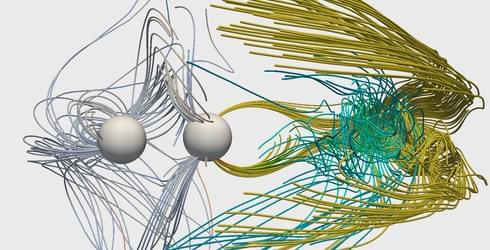

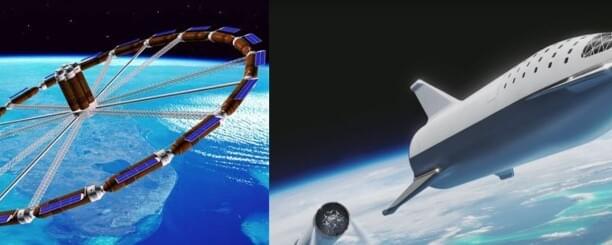
NASA will partner with SpaceX to make Starship space stations. This is part of NASA partnering with seven U.S. companies to make advanced space capabilities. SpaceX is collaborating with NASA on an integrated low Earth orbit architecture to provide a growing portfolio of technology with near-term Dragon evolution and concurrent Starship development. This architecture includes Starship as a transportation and in-space low-Earth orbit destination element supported by Super Heavy, Dragon, and Starlink, and constituent capabilities including crew and cargo transportation, communications, and operational and ground support.
Making Giant Space Stations Using SpaceX Starships
Each Starship has more than the volume of the International Space Station. They are also similar in size to the external fuel tank of the old Space Shuttle. There were many space station proposals based upon the external fuel tank of the Space Station. It will be easier to build with SpaceX Starships. The steel construction the SpaceX Starship makes them easy to weld, cut and modify. The SpaceX Starships will start being able to support astronauts.
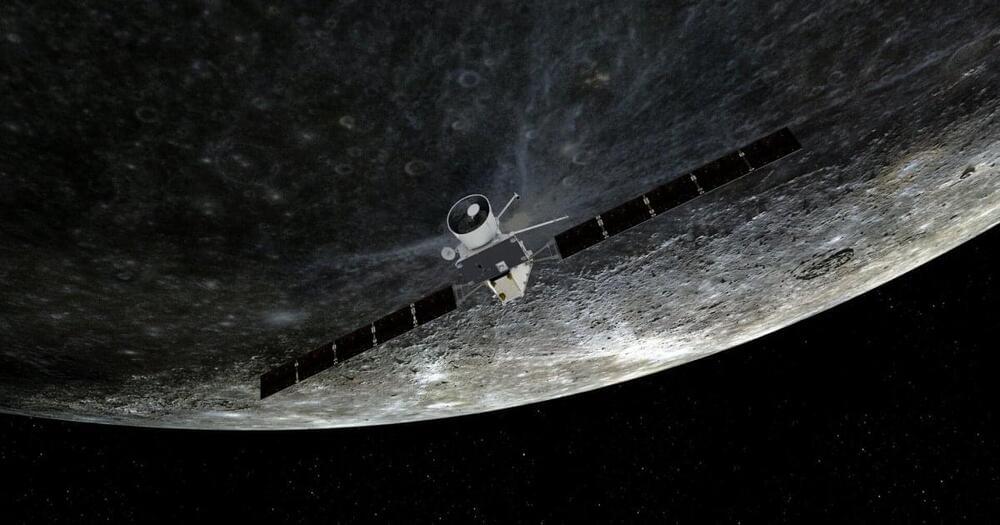
The European Space Agency (ESA) launched the BepiColombo mission in 2018, and it is set to enter orbit around Mercury in 2025. In the meantime, it will be making several flybys of the planet, including a close approach today. That’s because the spacecraft’s route takes it on a series of increasingly close flybys that use the planet’s gravity to adjust its course each time.
In total, between its launch in 2020 and its arrival in Mercury orbit in 2025, the spacecraft will make one flyby of Earth, two of Venus, and six of Mercury. The Earth and Venus flybys are already complete, and today BepiColombo is making its third Mercury flyby, coming within 150 miles of the planet’s surface.
The maneuver will help to slow the spacecraft down so that it can eventually enter orbit. “As BepiColombo starts feeling Mercury’s gravitational pull, it will be traveling at 3.6 kilometers per second [2.2 miles per second] with respect to the planet. That’s just over half the speed it approached with during the previous two Mercury flybys,” explained ESA flight dynamics expert Frank Budnik in a statement. “And this is exactly what the point of such events is. Our spacecraft began with far too much energy because it launched from Earth and, like our planet, is orbiting the sun. To be captured by Mercury, we need to slow down, and we’re using the gravity of Earth, Venus and Mercury to do just that.”
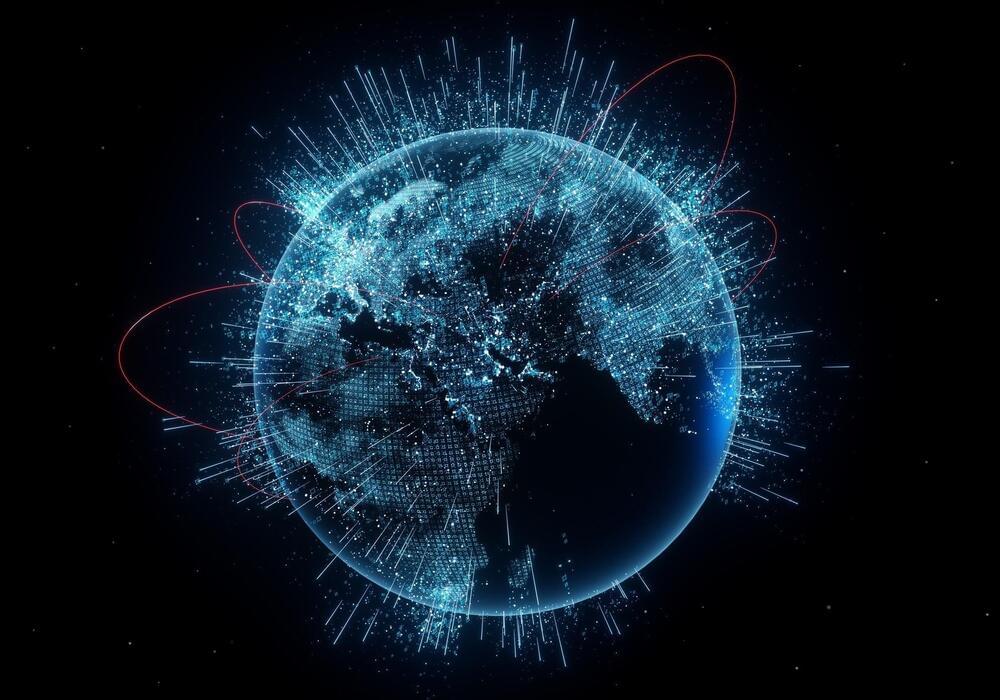
Rocks and minerals contribute essential raw materials for any civilization, and in a technological society minerals (and the rare elements they contain) are especially sought after. In the past, most discoveries of mineral deposits have resulted from perseverance and luck.
In the last 200 years scientists realized that minerals are not distributed randomly. Many of the over 5,000 different minerals occurring on Earth exist in a so-called paragenesis. A paragenesis is a mineral assemblage formed under specific physico-chemical rules, like a certain chemical composition of the host rock or when the right conditions — like temperature and pressure — are met.
A machine learning model can predict the locations of minerals on Earth — and potentially other planets — by taking advantage of patterns in mineral associations.
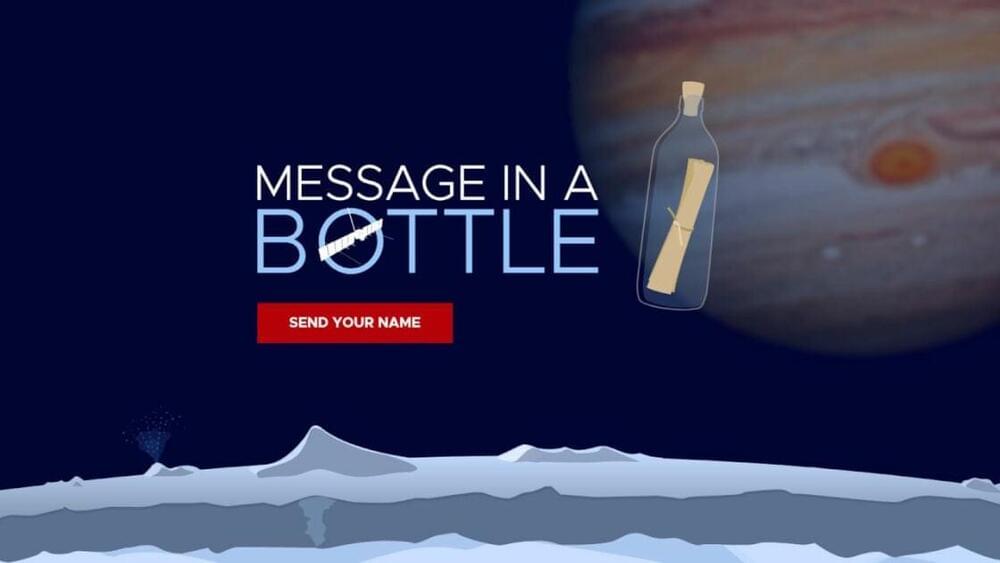
NASA is offering everyone the opportunity to have their name sent on the 1.8-billion-mile journey to Jupiter next year.
The “Message in a Bottle” campaign (Opens in a new window) invites people to submit their names to NASA before 11:59 pm EST on Dec. 31, 2023. Those names will then be engraved on a microchip alongside a poem titled “In Praise of Mystery: A Poem for Europa” written by U.S. Poet Laureate Ada Limón.
Once completed, the chip will be loaded on to NASA’s Europa Clipper spacecraft (Opens in a new window) scheduled for launch in October 2024. It won’t reach Jupiter until April 2030, at which point Clipper will orbit the planet and make close to 50 flybys of the Europa moon at altitudes as low as 16 miles (25 kilometers) above the surface. The aim is to investigate whether Europa has the potential to support life.
The idea of solar energy being transmitted from space is not a new one. In 1968, a NASA engineer named Peter Glaser produced the first concept design for a solar-powered satellite. But only now, 55 years later, does it appear scientists have actually carried out a successful experiment. A team of researchers from Caltech announced on Thursday that their space-borne prototype, called the Space Solar Power Demonstrator (SSPD-1), had collected sunlight, converted it into electricity and beamed it to microwave receivers installed on a rooftop on Caltech’s Pasadena campus. The experiment also proves that the setup, which launched on January 3, is capable of surviving the trip to space, along with the harsh environment of space itself.
“To the best of our knowledge, no one has ever demonstrated wireless energy transfer in space even with expensive rigid structures. We are doing it with flexible lightweight structures and with our own integrated circuits. This is a first,” said Ali Hajimiri, professor of electrical engineering and medical engineering and co-director of Caltech’s Space Solar Power Project (SSPP), in a press release published on Thursday.
The experiment — known in full as Microwave Array for Power-transfer Low-orbit Experiment (or MAPLE for short) — is one of three research projects being carried out aboard the SSPD-1. The effort involved two separate receiver arrays and lightweight microwave transmitters with custom chips, according to Caltech. In its press release, the team added that the transmission setup was designed to minimize the amount of fuel needed to send them to space, and that the design also needed to be flexible enough so that the transmitters could be folded up onto a rocket.
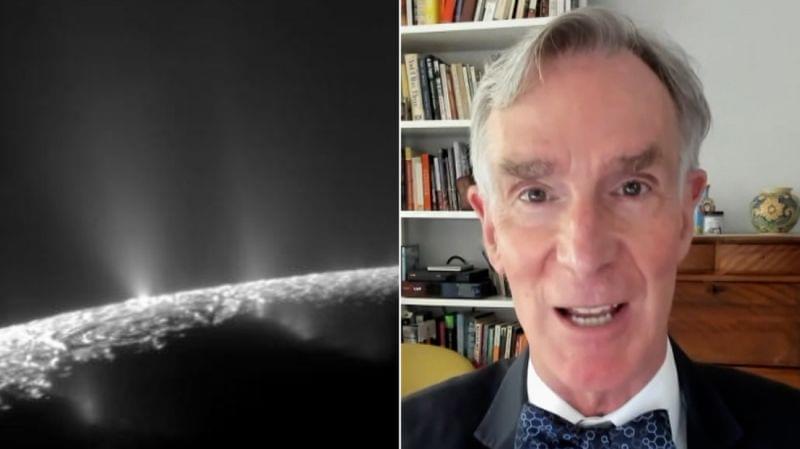
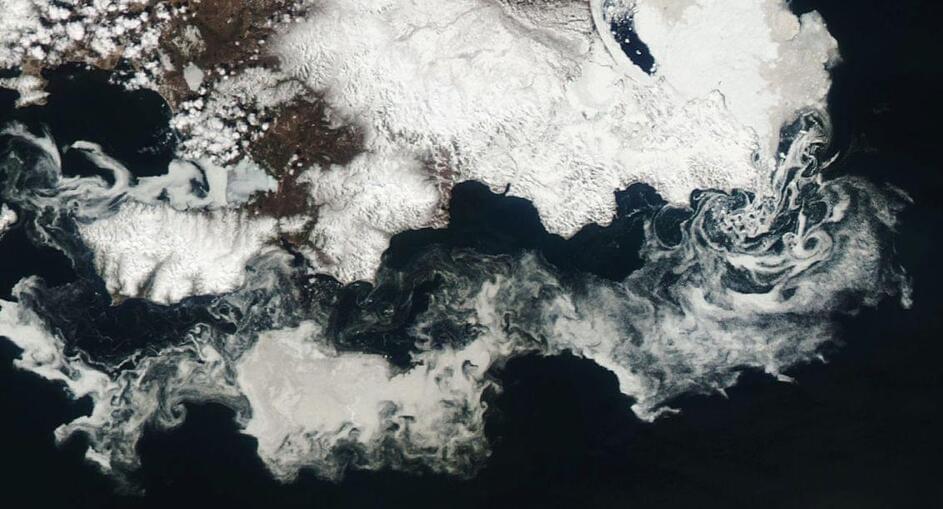
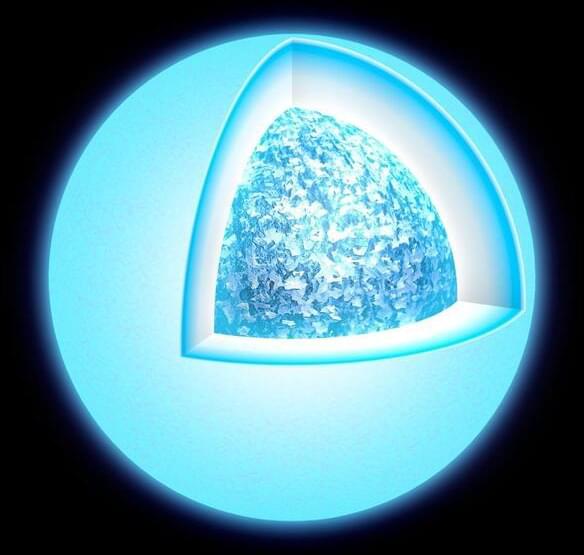
They believe the process could take roughly a quadrillion years.
A team of astronomers discovered a star that is gradually crystallizing into an enormous diamond. Scientists believe it is at the beginning of a process that takes roughly a quadrillion years, a report from Space.com reveals. As the universe is 13.6 billion years old, no star has ever fully crystallized.
The discovery sheds new light on the evolution of stars as they gradually transform over time.
MARK GARLICK/SCIENCE PHOTO LIBRARY/Getty.
Scientists believe it is at the beginning of a process that takes roughly a quadrillion years, a report from Space.com reveals. As the universe is 13.6 billion years old, no star has ever fully crystallized.
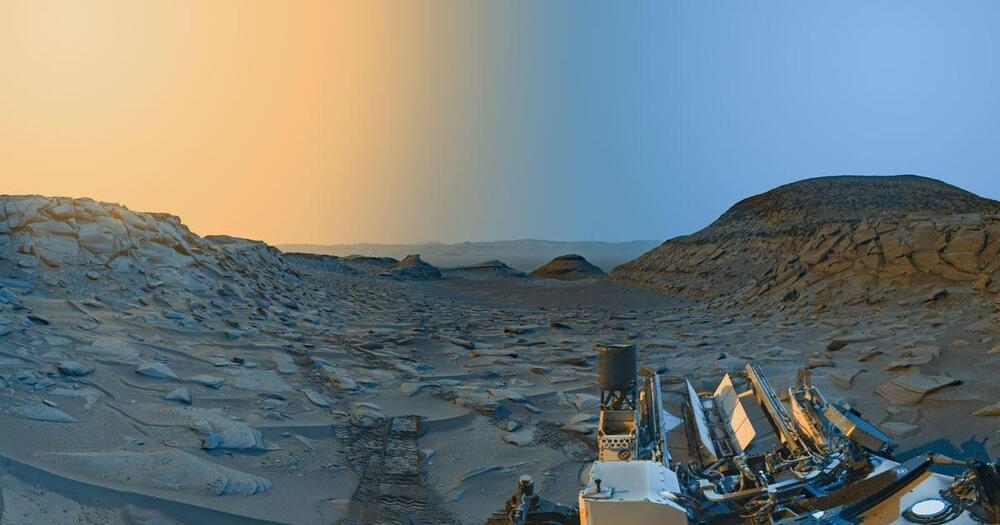
Once in the hands of NASA scientists, the photos were turned into panoramic images. Color was also added to the photos, creating what NASA referred to as a “postcard,” and further emphasizing the difference between the two times the photos were taken.
The panoramic postcard shows a number of Mars landmarks, including “Marker Band Valley,” where Curiosity once found evidence that there may have been a lake on the site, and two hills named “Bolivar” and “Deepdale.” At the edge of the photo is the rim of the Gale Crater, which Curiosity is currently exploring. Because the photograph was taken on a clear day, Curiosity’s image even shows a mountain that is 54 miles from the edge of the crater.